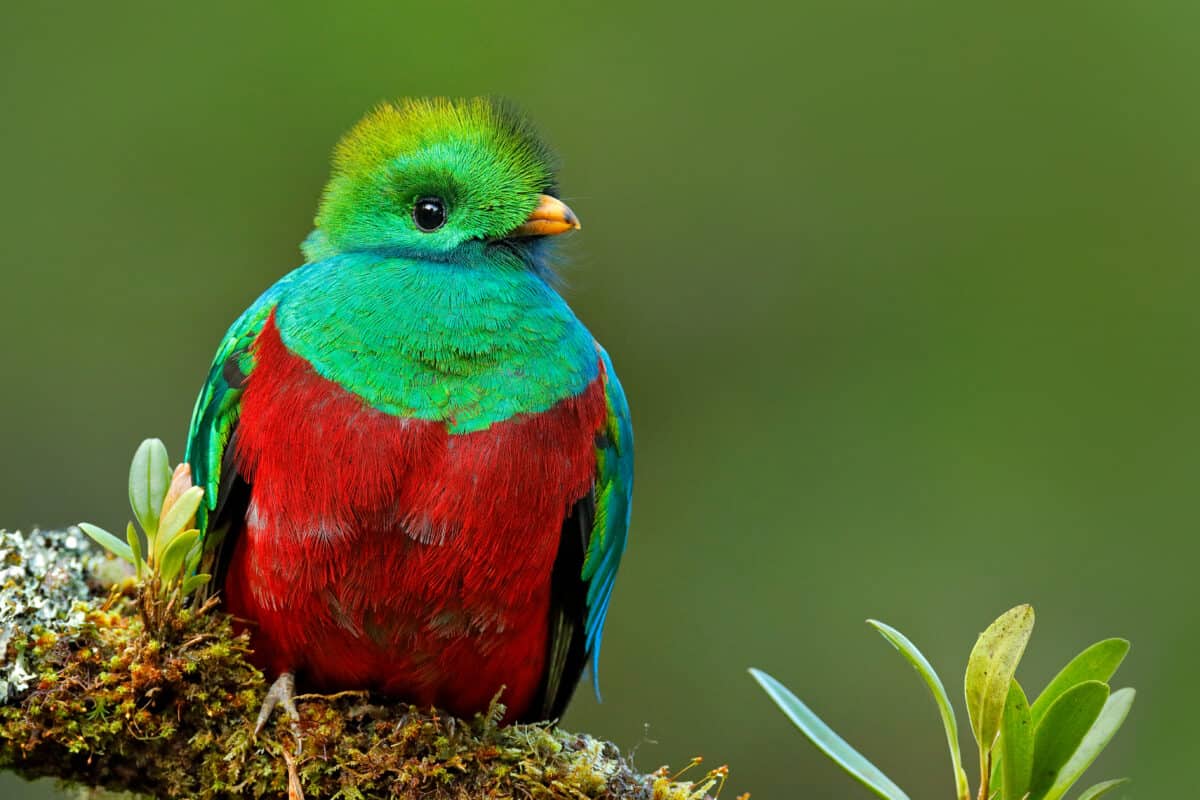The Resplendent Quetzal, a bird of legendary beauty and significance, has long enchanted the people of Central America. With its vibrant plumage and majestic tail feathers, this bird captures the imagination and embodies a rich tapestry of cultural lore and ecological importance. In this article, we will delve into the fascinating world of the Resplendent Quetzal, exploring its biology, habitat, cultural significance, and the conservation efforts aimed at preserving this remarkable species.
Biological Characteristics
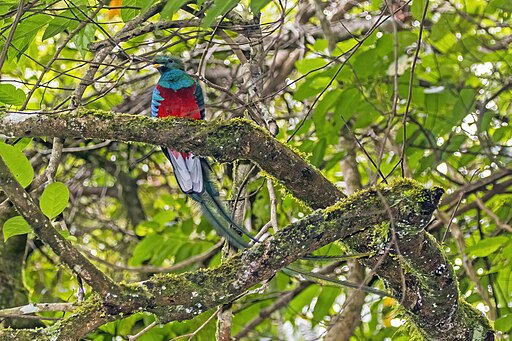
The Resplendent Quetzal (Pharomachrus mocinno) is a member of the Trogon family, renowned for its iridescent green feathers and striking red breast. Measuring about 36 to 40 centimeters in length, the male stands out with its elongated upper tail coverts that can grow up to 65 centimeters, creating an awe-inspiring trailing effect as it flies through the dense cloud forests it calls home. Females, while less flamboyant, boast their own subtle beauty with shorter tail feathers and a slightly more muted color palette.
Quetzals are primarily fruit eaters, with a particular affinity for wild avocado species, whose seeds they help disperse, playing a crucial role in their forest ecosystems. This dietary preference makes them important ecological actors within their habitats, contributing to the health and propagation of tree species.
Habitat and Distribution
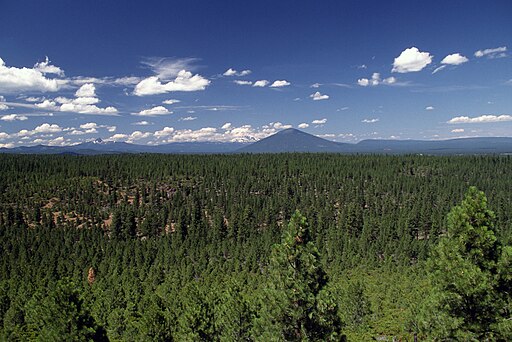
The Resplendent Quetzal is native to the cloud forests of Central America, thriving at elevations between 1,000 and 3,000 meters. These lush environments, characterized by persistent cloud cover and high humidity, span from southern Mexico through Guatemala, Honduras, El Salvador, Nicaragua, to western Panama. The dense canopy and epiphytic growth that typify these forests provide both food and nesting sites for these reclusive birds.
Within these tropical montane forests, the Quetzal leads a mostly sedentary life; however, some altitudinal migration occurs, particularly during breeding season, when these birds might move to higher elevations in pursuit of ideal nesting conditions.
Cultural Significance
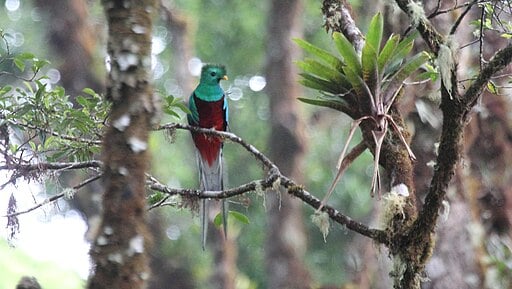
For centuries, the Resplendent Quetzal has held profound cultural meanings, especially among Indigenous peoples of Central America. It was revered by the Maya and Aztec civilizations, symbolizing freedom and wealth due to its splendid plumage and elusive nature. Quetzal feathers were considered more valuable than gold, adorning the headdresses and attire of royalty and high priests. The bird’s name finds its origin in the Nahuatl word “quetzalli,” meaning “precious” or “sacred.”
Even today, the image of the Quetzal permeates modern cultural consciousness. It is the national bird of Guatemala, prominently featured on the country’s flag and currency, serving as a symbol of liberty and resilience.
Threats and Conservation Efforts
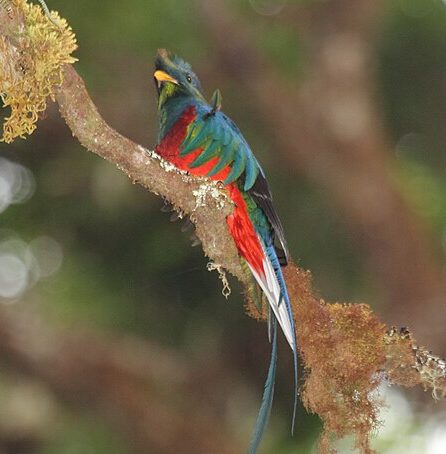
Despite its cultural reverence, the Resplendent Quetzal faces numerous threats in the wild, primarily due to habitat loss driven by deforestation, agriculture, and human encroachment. Climate change further exacerbates these challenges, altering the delicate cloud forest ecosystems that these birds depend on for survival.
Conservation efforts are underway across its range to protect this iconic species. Organizations and governments are collaborating to establish and maintain protected areas and biological corridors, ensuring viable habitats for Quetzals. Education and ecotourism initiatives also play a role, raising awareness and generating economic incentives for preserving these critical environments.
Community-based conservation programs, particularly in Guatemala and Costa Rica, empower locals to engage in sustainable practices that benefit both the environment and their livelihoods, fostering a sense of stewardship for the Quetzal’s future.
Conclusion
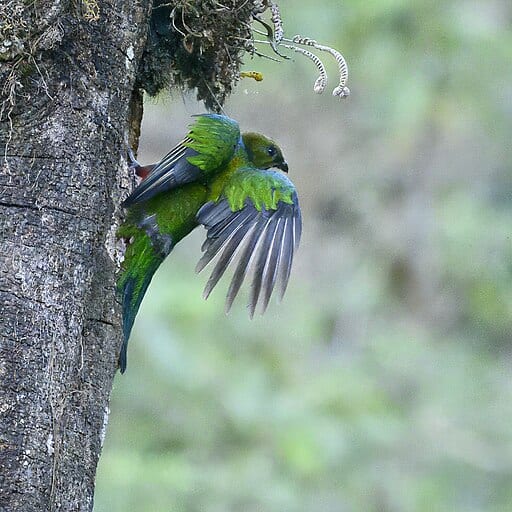
The Resplendent Quetzal stands as a testament to nature’s artistry and serves as a powerful emblem of cultural identity and ecological significance in Central America. As efforts continue to combat the challenges it faces, this magnificent bird remains a beacon of hope, reminding us of the enduring connection between biodiversity and cultural heritage. Through understanding and action, we can ensure that the mythical Resplendent Quetzal continues to enchant and inspire generations to come.
- 10 Most Endangered Birds in the U.S. and Where to Find Them - August 9, 2025
- 15 Tips for Managing Spider Infestations During Storm Season - August 8, 2025
- How Superstorms Have Reshaped Coastlines Over Time - August 8, 2025

